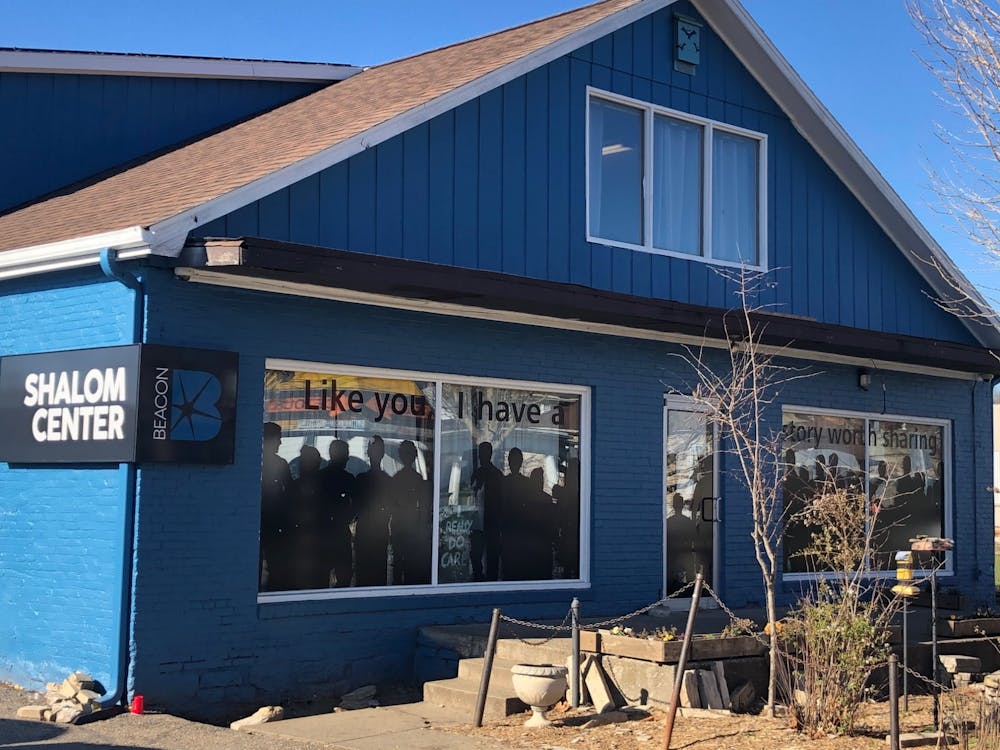Beacon, Inc. is using state and county funds to integrate onsite care and improve client services at their Crawford Homes site.
Beacon is a local housing and services provider helping to alleviate poverty and homelessness in Monroe County.
Beacon Executive Director Reverend Forrest Gilmore said the nonprofit applied to the Supportive Housing Institute and got accepted into the program. The program will allow Beacon to apply for a $5 million grant from the state and gain access to developers to help with property management, according to the Indiana Supportive Housing Institute website.
“If it goes to fruition, and everything is successful, this will allow us to build normal apartments in our Crawford Homes for people who are in need of proper homes,” Gilmore said.
He said Beacon currently works with Crawford Apartments to have its own program — Crawford Homes. According to the Beacon website, members of the Crawford Homes Ⅰ program saw a 65% decrease in ER visits and 88% drop in imprisonment. Around the city, Gilmore said there are about 110 Crawford Home units: 100 are single-bedroom units, and 10 of the units are family units and accommodate 2-3 bedrooms.
In general, it’s difficult to find local and affordable housing options, he said.
Out of the 110 units, 61 are based in the Crawford location, and the remaining 49 are scattered-site apartments, meaning they have a separate property owner arrangement. He said that if they build another complex like Crawford, Beacon and its clients would be less reliant on local housing markets and can provide more effective services.
These services will mostly be medical and onsite therapy services that can serve clients with disabilities and illnesses.
Beacon is trying to partner with local agencies providing health care and recovery work to implement onsite care. The integration could take three to five years depending on if they build from scratch or buy a building for renovations, he said.
“It’s extremely valuable to build access for people who are dealing with chronic illnesses and disabilities,” Gilmore said.
Beacon works with people experiencing chronic homelessness, which is displacement that lasts longer than a year. Much of that is caused by having a disability, Gilmore said.
He said that many clients had “tri-morbidities.” This means they have a severe substance use disorder, mental illness and a physical disability or chronic issue.
Gilmore said offering various onsite medical services is something Beacon has been working on for a while. With the new funds, he says they can play an active role in improving life circumstances as well as significantly reduce healthcare emergencies in the local area.
Related: [Monroe County Youth Services Bureau sets out to reduce truancy, substance abuse]
Penny Githens, vice president of the Monroe County Board of Commissioners, said in an email that Gilmore’s vision for the housing institute funds is a three-story facility that can provide emergency overnight shelter and accommodate several people. She said the first floor might act as a kitchen and dining area as well as a place for day programs and case management.
“The second floor would provide transitional housing, and the third floor would be permanent housing,” Githens said in an email.
She said in an email that the projected price was $10 million dollars. The Monroe County government pledged $500,000 from the funding received by the federal government’s American Rescue Plan Act (ARPA).
Monroe County Councilmember Geoff McKim said the council is using ARPA funds for pandemic recovery efforts, which includes plans to eliminate homelessness.
“We do have a number of supportive housing units already in the community, but there’s definitely less than what we need,” McKim said. “By combining the emergency shelter and the permanent supportive housing, you’re able to have staff there 24/7.”
McKim said the County Council and the County Board of Commissioners signed a letter of support for Beacon’s vision. McKim said he was glad to support this project.
“This is just one step in implementing the best practices, but ultimately the goal is to get to functionally zero homelessness in the community,” McKim said.




